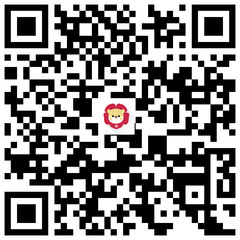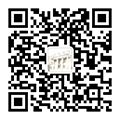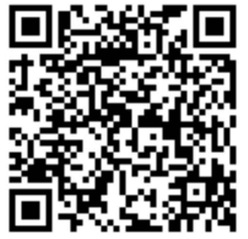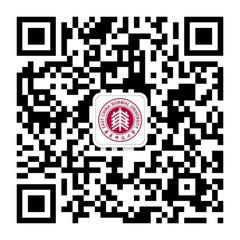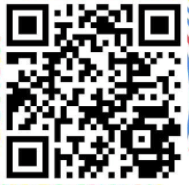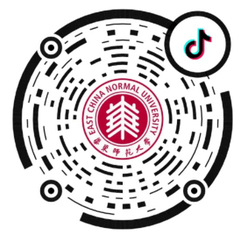以我校物理系无线电物理专业博士研究生门卫伟为第一作者、范明霞为通讯作者的论文“The corpus callosum of Albert Einstein''s brain: another clue to his high intelligence?”发表在神经科学领域权威期刊BRAIN(IF:9.915)杂志上,揭示了爱因斯坦大脑胼胝体与常人不同之处。该研究成果以其特有的学术价值和新闻价值吸引了全球各大媒体的关注。
据不完全统计,美国华盛顿邮报(The Washington Post)、洛杉矶时报(Los Angeles Times)、科学快讯(ScienceShot)、五角邮报(Pentagon Post)、美国公共广播网(PBS);英国泰晤士报(The Times)、每日电讯报(The Telegraph)、英国独立报(The Independent)等媒体对这一研究成果进行报道,部分媒体对我校博士研究生门卫伟及其主要合作者美国佛罗里达大学人类学家Dean Falk教授进行了专访。
以下引用的是《华盛顿邮报》(The Washington Post)报道:
Einstein’s brain a wonder of connectedness
By Melissa Healy, Published: October 13
Albert Einstein had a colossal corpus callosum. And when it comes to this particular piece of neural real estate, it’s pretty clear that size matters.
The corpus callosum carries electrical signals between the brain’s right hemisphere and its left. Stretching nearly the full length of the brain from behind the forehead to the nape of the neck, the corpus callosum is the dense network of neural fibers that make brain regions with very different functions work together.
Chances are, that brawny bundle of white matter cleaving the Swiss physicist’s brain from front to back is part of what made Einstein’s mind so phenomenally creative, according to researchers who have been studying the organ of the man whose name has become synonymous with genius.
When the corpus callosum works well, the human brain is a marvel of social, spatial and verbal reasoning. When it malfunctions — as it appears to do in autism, fetal alcohol syndrome and certain genetic disorders, as well as after traumatic brain injury —the effect on cognition can be disastrous.
Even when he died at the age of 76, Einstein’s corpus callosum was a veritable superhighway of connectivity, researchers reported last week in the journal Brain. Not only was it “thicker in the vast majority of subregions” than the corpus collosi of 15 elderly healthy males; it was also thicker at five key crossings than those of 52 young, healthy men in the prime of their lives.
Upon Einstein’s death of an aortic aneurysm in 1955, his heirs approved the removal of his brain for scientific study. A trove of histological slides was made, each a minute slice of the universe that lay beneath that shock of white hair. While some of those slides are housed at Princeton University, where Einstein spent his final years, and at the National Museum of Health and Medicine in the Washington region, many have been lost or stolen. Without a full picture of Einstein’s brain, the basis of the theoretical physicist’s genius has eluded scientists.
The photographs that form the basis of the new study unexpectedly came to light in 2010. That’s when Florida State University evolutionary anthropologist Dean Falk began making inquiries about some images of Einstein’s brain she had seen in an earlier publication.
The photos, along with some slides and letters, were found among the effects left behind by Thomas Harvey, the pathologist who had removed Einstein’s brain. Harvey’s heirs went on to donate those to the National Museum of Health and Medicine in Silver Spring, Md.
Soon after, Falk was contacted by Weiwei Men, a physicist from East China Normal University who had a special interest in the brain and was an ardent admirer of Einstein.
Men had developed a technique for measuring the thickness of the corpus callosum in Chinese table tennis players, whose sport requires remarkable feats of inter-hemispheric coordination. He had heard that the trove of images included cross-sectional views of the physicist’s corpus callosum and approached Falk to collaborate on a study.
Last year, the two researchers were co-authors of a report that offered a remarkably detailed look at the organ’s surface. The brain’s extra folds showed evidence of unusual volume in a number of regions likely to have been key to Einstein’s spatial and mathematical creativity.
The high-resolution photos even revealed evidence of Einstein’s lifelong love of playing the violin — a large “knob” on the surface of the primary motor cortex, where the left hand is usually represented.
Their latest analysis is based on several of these same photographs, which showed the right hemisphere separated from the left. Those pictures revealed the corpus callosum with great resolution and accuracy.
The researchers were particularly impressed by the relative brawn of Einstein’s corpus callosum at the splenium. That’s a region that facilitates communication among the parietal, temporal and occipital lobes. (The parietal and occipital lobes, in particular, are key to imagining and manipulating visuospatial information and images and to conducting mathematical operations.) The splenium also keeps those regions in touch with the brain’s intellectual command center, the prefrontal cortex.
Earlier studies of Einstein’s brain found some regions, notably the prefrontal cortex and the parietal lobes, were just plain bigger than those of normal people. But, the authors wrote, “Our findings suggest that Einstein’s extraordinary cognition was related not only to his unique cortical structure and cytoarchitectonics, but also involved enhanced communications routes between at least some parts of his two cerebral hemispheres.”
The new report underscores that the ways in which we use our brains — and the consistency with which we do so — may matter more as we age, said Peter U. Tse, a Dartmouth College neuroscientist who has explored the underpinnings of artistic, scientific and mathematical creativity. Tse noted that, while Einstein’s brain was much better connected than those of similarly aged men, it was not so different than those of young and healthy controls.
That might reflect the fact that Einstein continued to exercise his brain strenuously, forestalling much of the atrophy that comes with age.
部分国外媒体报道链接:
美国华盛顿邮报(The Washington Post)
美国洛杉矶时报(Los Angeles Times)
英国泰晤士报(The Times)
http://www.thetimes.co.uk/tto/science/article3888466.ece
英国每日电讯报(The Telegraph)
英国独立报(The Independent)
美国科学快讯(ScienceShot)
http://news.sciencemag.org/brain-behavior/2013/10/scienceshot-einsteins-secret-well-connected-brain
美国五角邮报(Pentagon Post)
美国公共广播网(PBS)
http://www.pbs.org/newshour/rundown/2013/10/new-study-gets-inside-einsteins-head.html
法国快报(L''Express)
http://www.lexpress.fr/actualite/sciences/le-cerveau-d-albert-einstein-passe-a-la-loupe_1288842.html
巴基斯坦国家报(The Nation)
http://www.nation.com.pk/E-Paper/Lahore/2013-10-07/page-19/detail-4
印度今日报(India Today)
http://indiatoday.intoday.in/story/why-einstein-was-such-a-genius/1/313234.html
印度经济时报(The Economic Times)
美国佛罗里达大学新闻网:
http://www.fsunews.com/article/20131009/FSVIEW1/131009027/FSU-anthropologist-charts-genius-Einst


